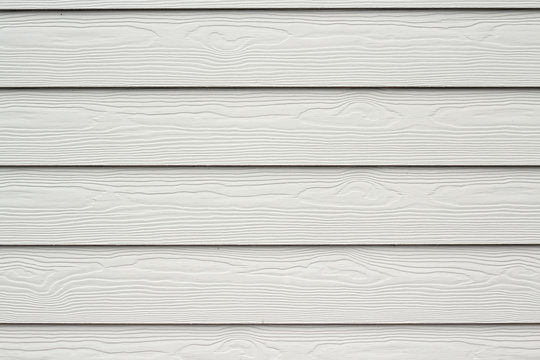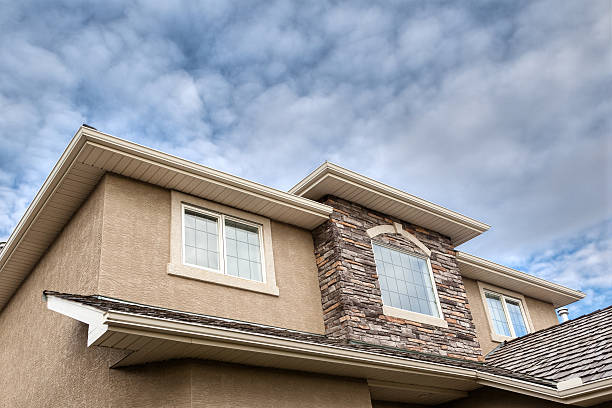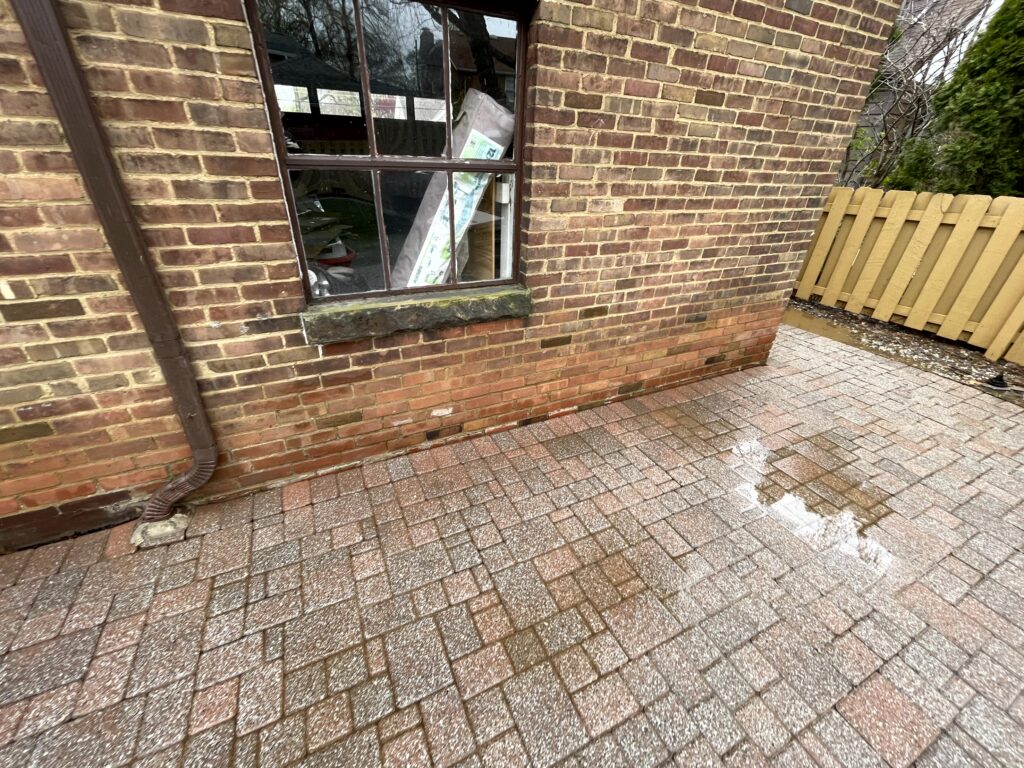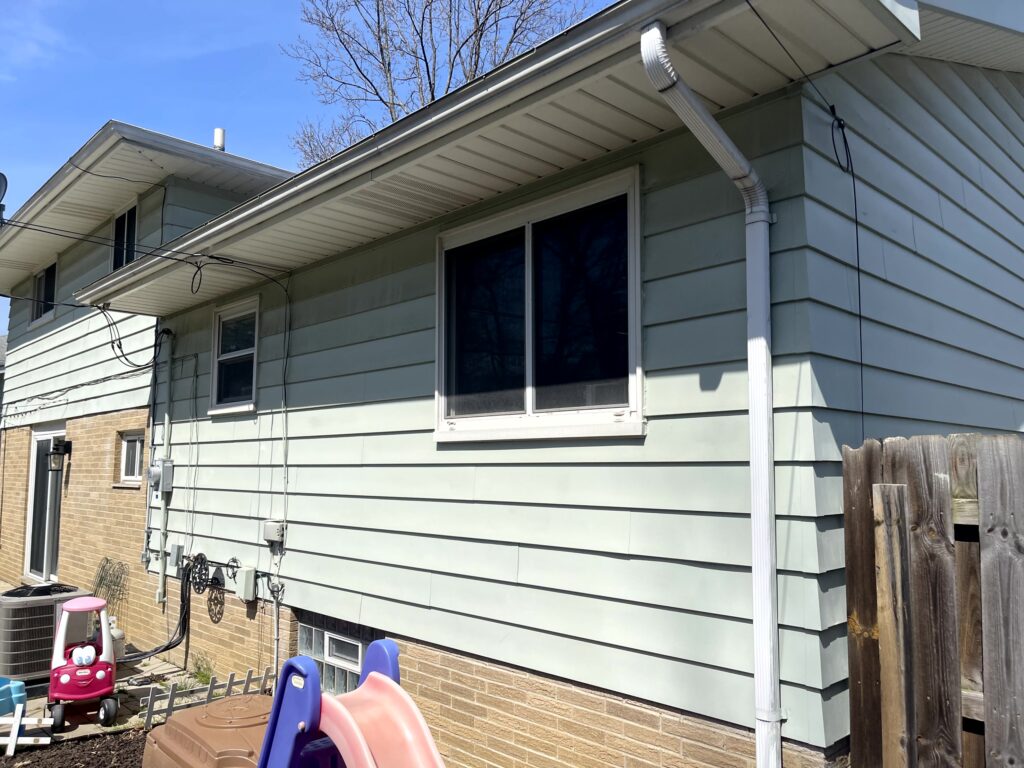A Comprehensive Guide to Pressure Washing Different Types of Siding
When it comes to maintaining the exterior of your home, pressure washing is a powerful tool that can breathe new life into your siding. However, not all siding materials are created equal, and understanding the nuances of each type is crucial to ensure a successful cleaning process. In this comprehensive guide, we’ll delve into the various types of siding commonly found on homes and discuss the best practices for pressure washing each one.
Vinyl Siding:
Vinyl siding is one of the most popular choices for homeowners due to its affordability, durability, and low maintenance requirements. When pressure washing vinyl siding, it’s important to use a gentle approach to avoid damaging the material or causing water infiltration. A low-pressure nozzle and a mild detergent solution are recommended to effectively remove dirt, grime, and mold without harming the siding’s surface.

Wood Siding:
Wood siding exudes warmth and character, making it a sought-after option for many homeowners. However, wood is susceptible to moisture damage, making it crucial to exercise caution when pressure washing. A low-pressure setting should be used to prevent gouging or splintering the wood, and special care should be taken to avoid directing the spray at seams or joints where water could penetrate. Additionally, a wood-specific cleaner can help to remove stains and brighten the wood’s appearance without causing harm.

Fiber Cement Siding:
Fiber cement siding offers the look of wood with the added benefits of durability and resistance to rot and insects. When pressure washing fiber cement siding, a moderate pressure setting can be used, but it’s important to avoid blasting the surface with too much force, as this can cause damage to the paint or finish. A biodegradable cleaner can be effective in removing dirt and mildew, but care should be taken to rinse thoroughly to prevent streaking or residue buildup.

Brick Siding:
Brick siding adds timeless charm and durability to any home, but it requires special care when pressure washing. High-pressure water can cause mortar joints to deteriorate, so a low-pressure nozzle should be used to avoid excessive force. Additionally, a mild detergent solution can help to remove dirt and stains from the surface of the bricks without damaging the mortar. It’s important to work in small sections and rinse thoroughly to prevent streaking and ensure a uniform finish.

Metal Siding:
Metal siding is known for its strength and resistance to the elements, but it can still benefit from periodic pressure washing to remove dirt and oxidation. When pressure washing metal siding, a moderate pressure setting can be used, but care should be taken to avoid blasting the surface with too much force, as this can cause dents or scratches. A non-abrasive cleaner can help to remove dirt and grime without damaging the metal’s finish, and thorough rinsing is essential to prevent water spots or streaking.

Pressure washing can be an effective way to refresh and revitalize the exterior of your home, but it’s important to understand the specific needs of your siding material to ensure a safe and successful cleaning process. By following the guidelines outlined in this guide and exercising caution and care, you can enjoy the benefits of clean siding for years to come.
